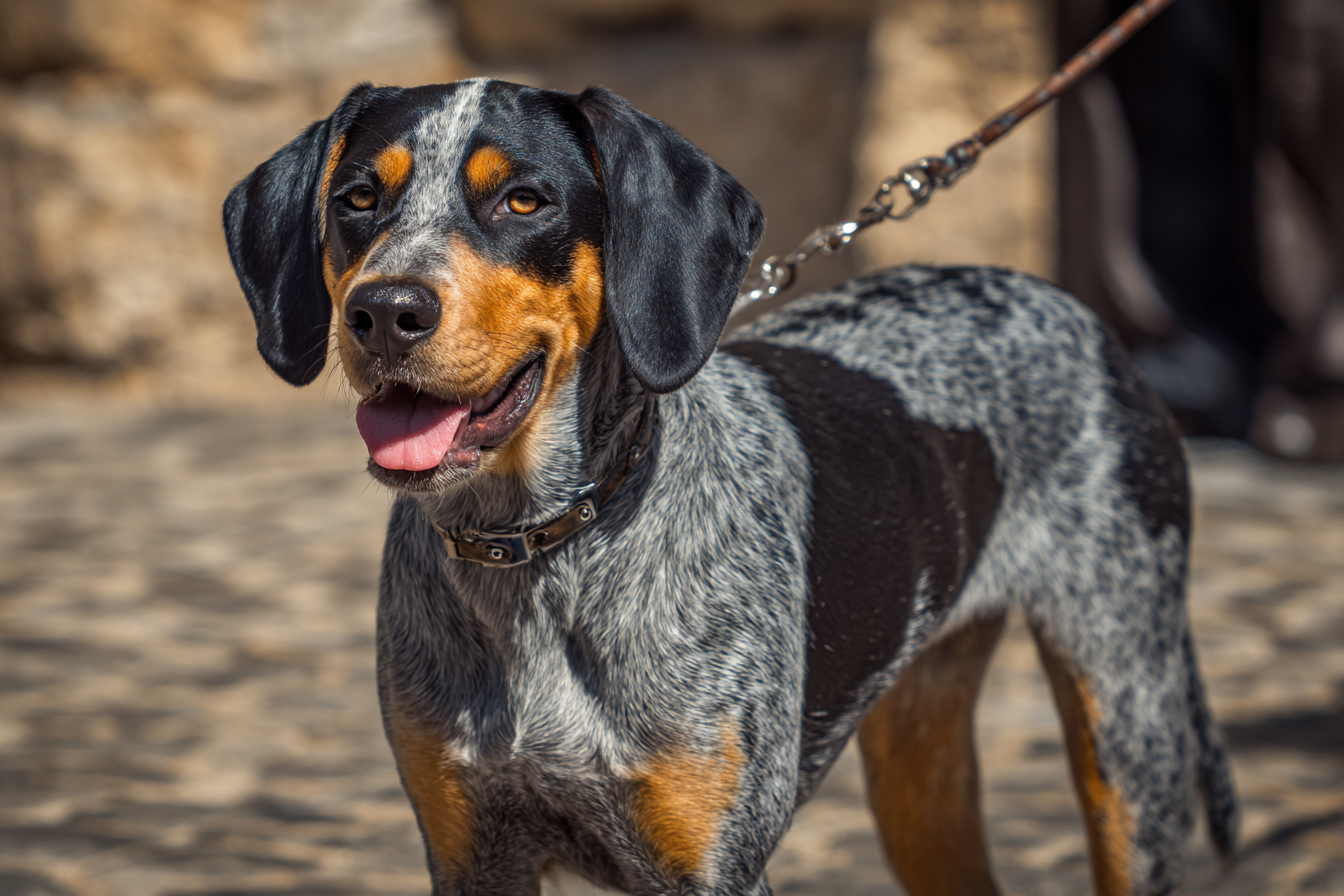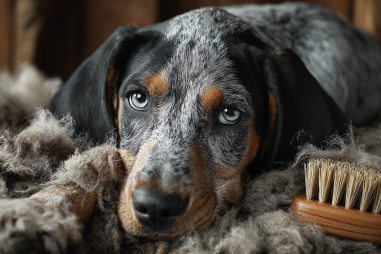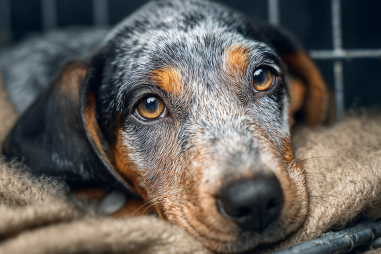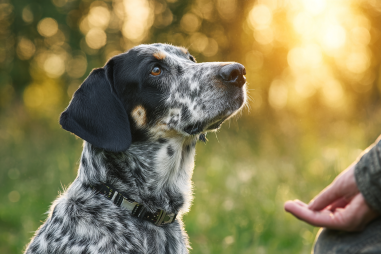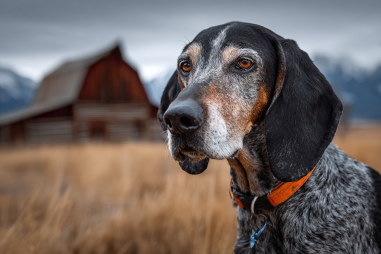Having a Bluetick Coonhound as part of your family is a joyous experience, filled with adventure, companionship, and lots of wagging tails. To ensure your furry friend remains healthy and happy throughout their lifetime, it’s essential to understand the typical lifespan of this breed and the best care practices that promote longevity. In this article, we’ll explore everything you need to know about Bluetick Coonhound lifespan and share practical care tips to help you provide the best possible life for your beloved companion.
Average Lifespan of Bluetick Coonhounds
Bluetick Coonhounds are generally known for their sturdiness and good health, which contribute to their respectable lifespan. On average, a Bluetick Coonhound lives between 11 to 12 years. However, with proper care, nutrition, and regular veterinary visits, some Bluetick Coonhounds can live beyond this range, sometimes reaching 13 or even 14 years.
Like all breeds, the lifespan can be influenced by genetic factors and lifestyle. This breed is relatively free from inherited diseases common in many other dogs, but they can still be prone to some health issues such as hip dysplasia, ear infections due to their floppy ears, and obesity if not properly managed.
Daily Care Practices Supporting Longevity
Daily care goes a long way toward extending the life of your Bluetick Coonhound and ensuring they live a quality life. These dogs are known for their high energy levels and adventurous spirit, so incorporating daily routines that cater to their physical and mental health is essential.
- Regular grooming: Although their short coat is relatively low maintenance, Bluetick Coonhounds benefit from weekly brushing to reduce shedding and keep their skin healthy.
- Ear care: Their floppy ears can trap moisture and dirt, making them prone to infections. Check and clean their ears regularly to prevent issues.
- Hydration and comfort: Always ensure your dog has access to fresh water and a comfortable resting area, especially after exercise.
Nutrition and Exercise for a Healthy Life
What your Bluetick Coonhound eats and how much they move daily profoundly impacts their health and lifespan. A balanced diet geared toward their specific needs is crucial for maintaining their muscular build and energy.
- Balanced diet: High-quality commercial dog food formulated for medium to large breeds works well, but you should always consider protein levels, fat content, and avoid fillers. Discuss with your vet whether a raw or homemade diet might be suitable for your dog.
- Portion control: Overfeeding can quickly lead to obesity, which raises the risk of diabetes, joint problems, and other health issues.
- Exercise: Bluetick Coonhounds are active dogs needing at least an hour of exercise daily to burn off energy. This includes walks, runs, and playtime. Mental stimulation such as scent games or obedience training is beneficial for this intelligent and scent-driven breed.
Regular Vet Visits and Preventive Care
Routine veterinary care is vital in keeping your Bluetick Coonhound healthy throughout their life stages. Annual check-ups allow for early detection of ailments and adjustment of care as your dog ages.
- Vaccinations: Maintaining up-to-date vaccinations protects your dog from common diseases.
- Parasite control: Regular treatments for fleas, ticks, and worms keep your dog comfortable and disease-free.
- Dental health: Dental exams and cleaning help prevent infections and tooth loss, which can affect overall health.
- Health screenings: Since Blueticks can develop hip dysplasia, ask your vet about screenings or preventive measures.
Recognizing Signs of Aging in Bluetick Coonhounds
As your Bluetick Coonhound enters their senior years (typically around 7 to 8 years old), it’s important to recognize changes that indicate aging. These signs might include:
- Decreased activity or reluctance to exercise
- Difficulty climbing stairs or jumping
- Gray hair around the muzzle and eyes
- Changes in appetite or weight fluctuations
- Slower response times or cognitive decline
- Joint stiffness or limping
Identifying these signs early allows you to adapt care accordingly and consult your veterinarian to address any emerging health problems.
Specialized Senior Care Tips for Bluetick Coonhounds
To support your senior Bluetick Coonhound’s health and comfort, consider specialized care strategies that cater to their changing needs:
- Diet adjustments: Senior dogs often require diets lower in calories but rich in nutrients and joint-supporting supplements like glucosamine and omega-3 fatty acids.
- Joint care: Soft bedding and ramps can help reduce strain on aging joints. Regular, gentle exercise prevents stiffness.
- Dental maintenance: Older dogs are more prone to dental disease, so more frequent dental check-ups and cleanings may be necessary.
- Mental engagement: Keep their minds sharp with puzzle toys, scent games, and mild training sessions.
- Monitoring health: More frequent veterinary visits can help catch health issues early and adjust treatments as your dog ages.
Helping Your Bluetick Coonhound Thrive
Caring for a Bluetick Coonhound is a rewarding journey that involves understanding their unique traits and needs. By focusing on proper nutrition, exercise, preventive healthcare, and attentive senior care, you offer your dog the best chance at a long, healthy, and happy life. Always be observant of changes in behavior or health, consult your vet regularly, and shower your Bluetick with love, affection, and positive stimulation. Together, you’ll enjoy many memorable years filled with adventure and companionship.

